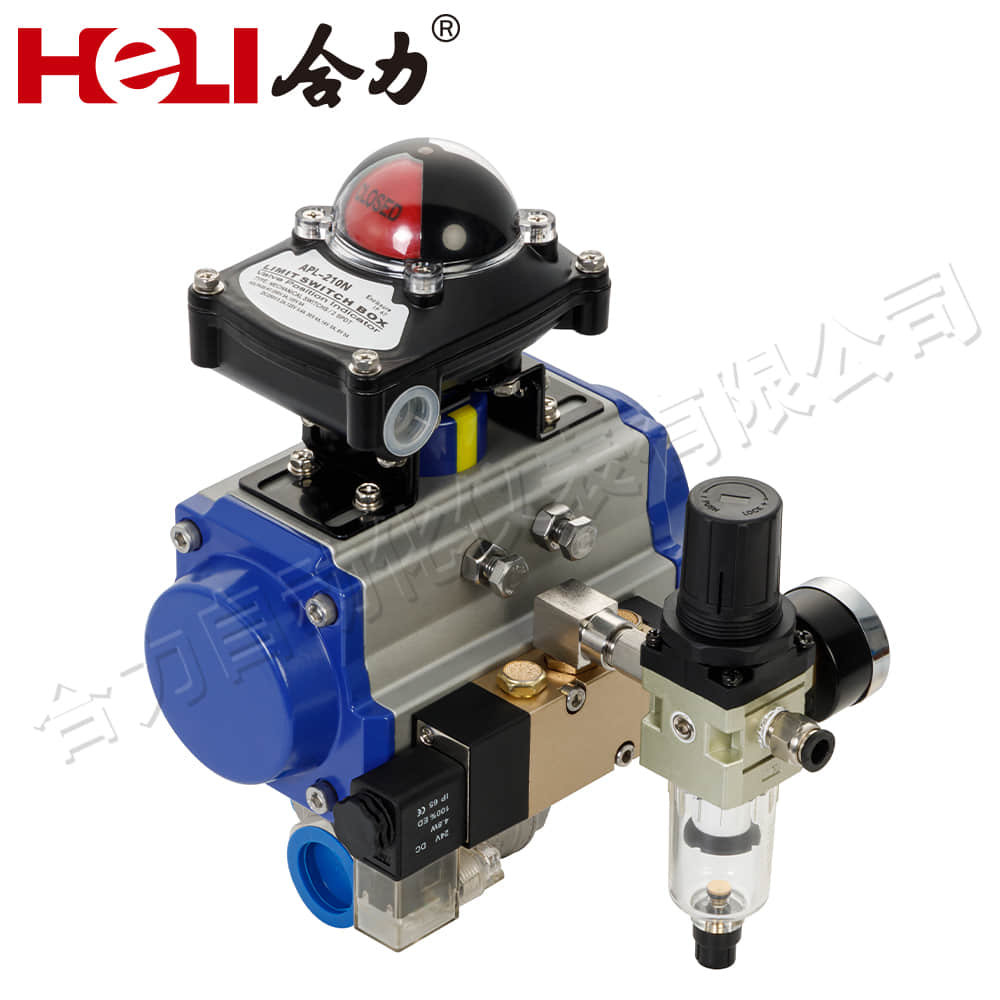Understanding Pneumatic Actuators: Mechanism, Benefits, and Applications

Pneumatic actuators are a crucial component in various industries, playing a significant role in automating processes that require mechanical movement. These devices convert compressed air into mechanical motion, making them highly effective in applications where precision and speed are essential. In this article, we will delve into the mechanism of pneumatic actuators, their benefits, and some common applications across different sectors.

What is a Pneumatic Actuator? A pneumatic actuator is a type of actuator that uses compressed air to produce linear or rotary motion. The device works by using the force generated by pressurized air to move a piston within a cylinder, which in turn drives a mechanical output. The motion can either be linear, where the piston moves back and forth, or rotary, where the output shaft rotates.
The basic components of a pneumatic actuator include the actuator body, piston, cylinder, and valves. These parts work together to facilitate the controlled movement of machinery or equipment. The actuator is powered by an air compressor that delivers compressed air into the actuator’s cylinder. The pressure of the air pushes the piston, causing it to move, thereby performing a task such as opening a valve, shifting a lever, or lifting a load.
